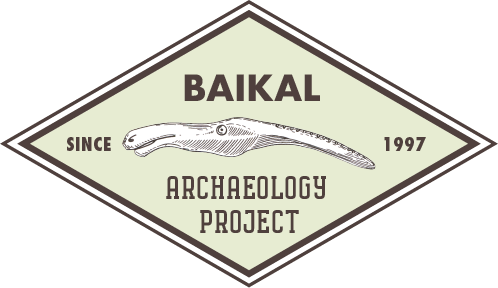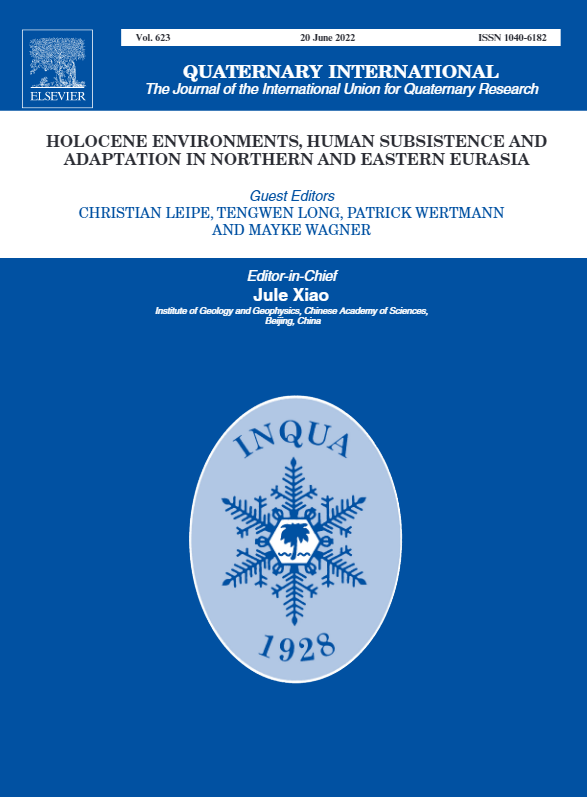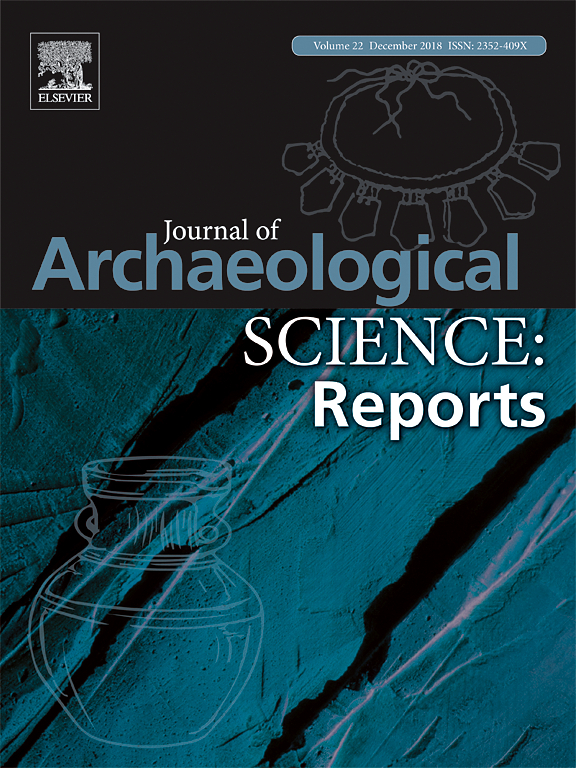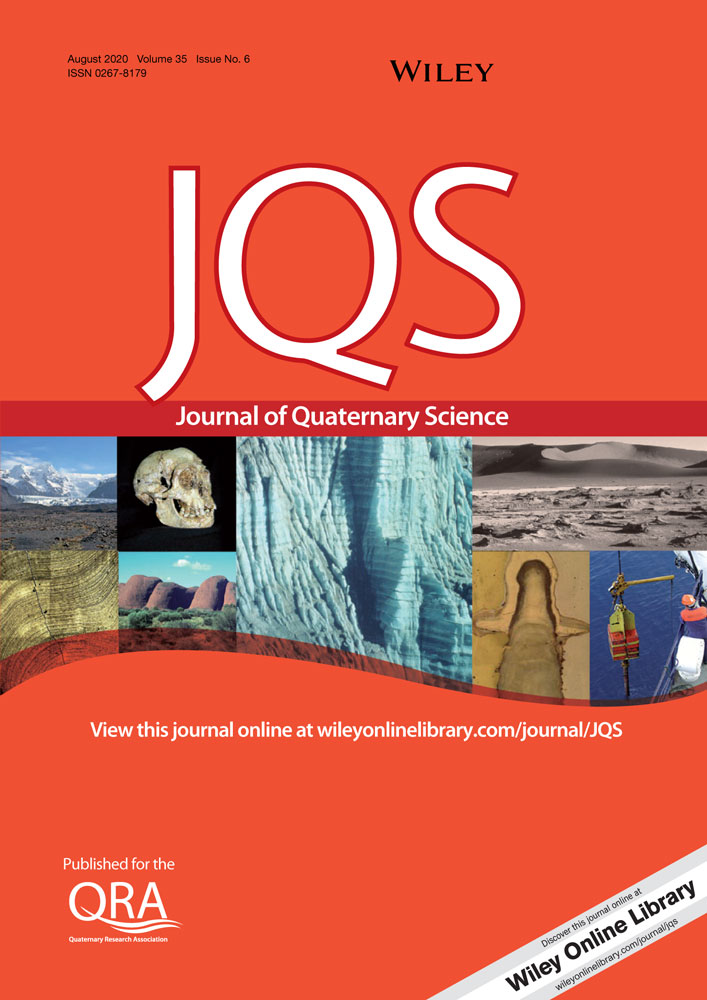Quaternary International June 2022
Special Issue: Holocene environments, human subsistence and adaptation in northern and eastern Eurasia
Guest Editors: Leipe C, Long T, Wertmann P, Wagner M
All 14 articles combine palaeoenvironmental with archaeological data to create new knowledge and thought-provoking conclusions. Six teams concentrated on the reconstruction of past climate and environmental changes; three articles focus on early grain crop dispersal, one on the use of beans, one on the use of aquatic resources, and one on the role of sheep and horse as well as wild plant and animal species in subsistence economies; one author relates long-term coastal changes to cultural development; and [...]






